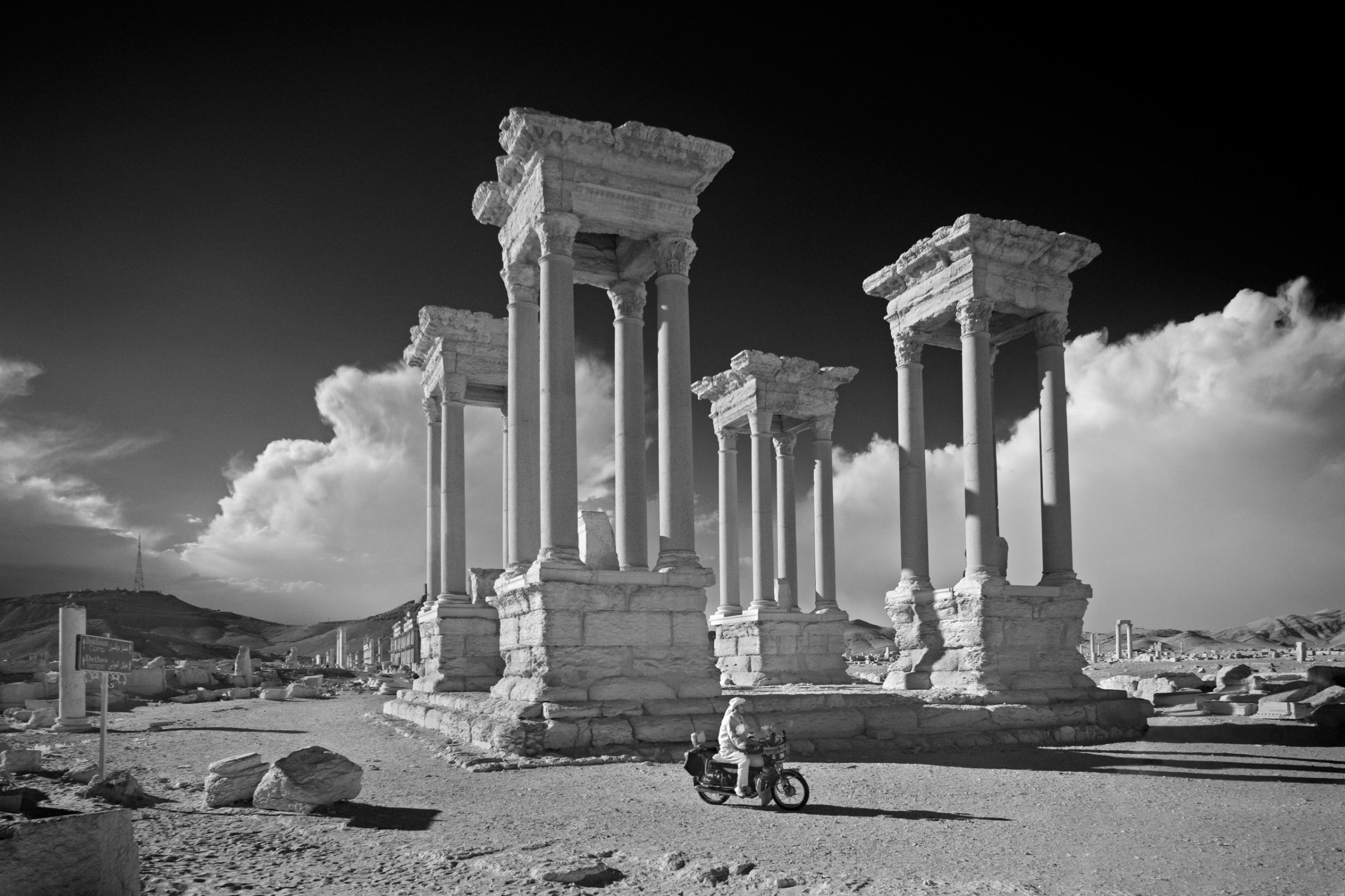
Seven years ago, photographer Peter Aaron visited Palmyra with his wife and twin girls to get away from his busy New York life. On their first night, he walked down Straight Street in Damascus, photographing an ancient road flanked by Ottoman-era houses and relics of the city’s Greco-Roman past. Aaron’s images—the stumps of classical columns, ancient drinking fountains, a Roman arch halfway up the street, impeding traffic—now stand as lasting witnesses of the ancient ruins, many of which have been destroyed by ISIS militants.
“The ruins of Palmyra should make Rome jealous,” Aaron says. “The Syrians were well aware that they had some of the greatest antiquities in the world in their own country and I’m sure that every Syrian feels the loss of these beautiful things.”
It was the subversion nobody foresaw: the toppling of a sleepy ancient trading city under Islamic State occupation that ended last week when the Syrian army took it back. While a reported 70 percent of the city remains intact, the damages inflicted were insurmountable: Explosives leveled a 2,000-year-old temple, the Temple of Bel, according to reports. Where Palmyra’s grand columns once stood, broken marble lay on piles of rubble, their white-stone cores exposed for the first time in centuries; an ancient statue of a lion had fallen, its broken nose at its foot; chalk targets have been drawn on the back wall of the amphitheater stage, where militants had taken target practice.
“One Syrian man in in his 20s said to us, ‘if there were a civil war here, it would be a complete catastrophe, an apocalypse. There are so many warring factions there would be no end,’” Aaron tells TIME. “ We had no idea that this terrible fate would befall Syria within two years of our visit.”
The Islamic State’s brutality induced a moral outcry that made this once unknown ancient city the focus of Western media attention in a way the Syrian civil war failed to do. The collapse of the ruins meant more than the loss of antiquity; It was an attack on universal enfranchisement, an assault against broader religious tolerance; an iconoclastic campaign with a brazen irreverence towards culture with a capital C. In the billowing cloud of smoke at the heart of the Syrian desert, came an unhallowed defilement of that symbol.
Aaron’s black-and-white images of the now-altered ruins carry that kind of ominous foreboding. For Aaron, the loss of these archeological treasures is personal. “I felt so disturbed by the destruction of these antiquities that I wouldn’t even read the articles or look at the pictures,” Aaron says. “It was like losing a loved one. It was gut wrenching.”
Michelle Molloy, who edited this photo essay, is a senior international photo editor at TIME.
Rachel Lowry is a writer and contributor for TIME LightBox. Follow her on Twitter and Instagram.
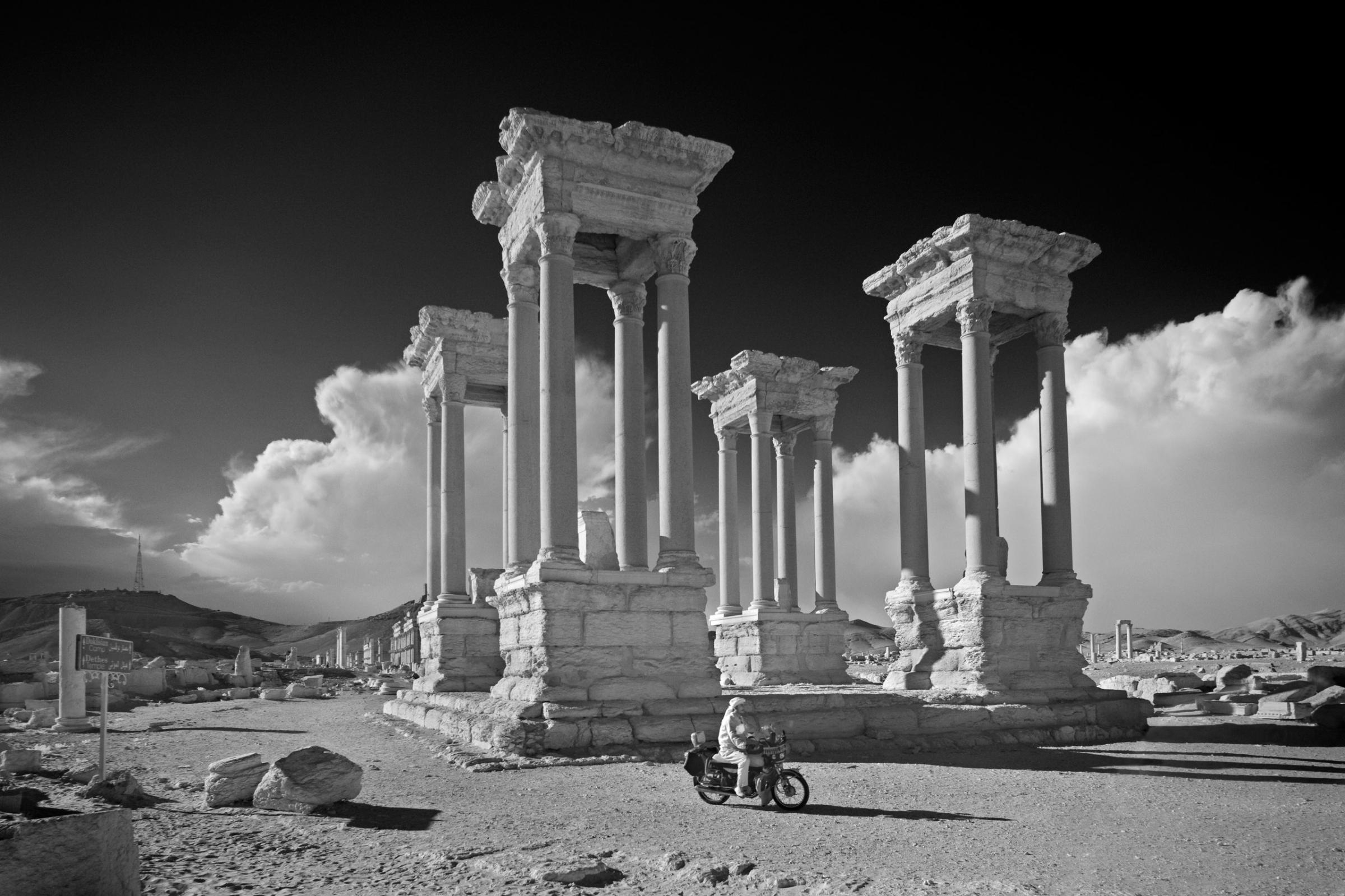
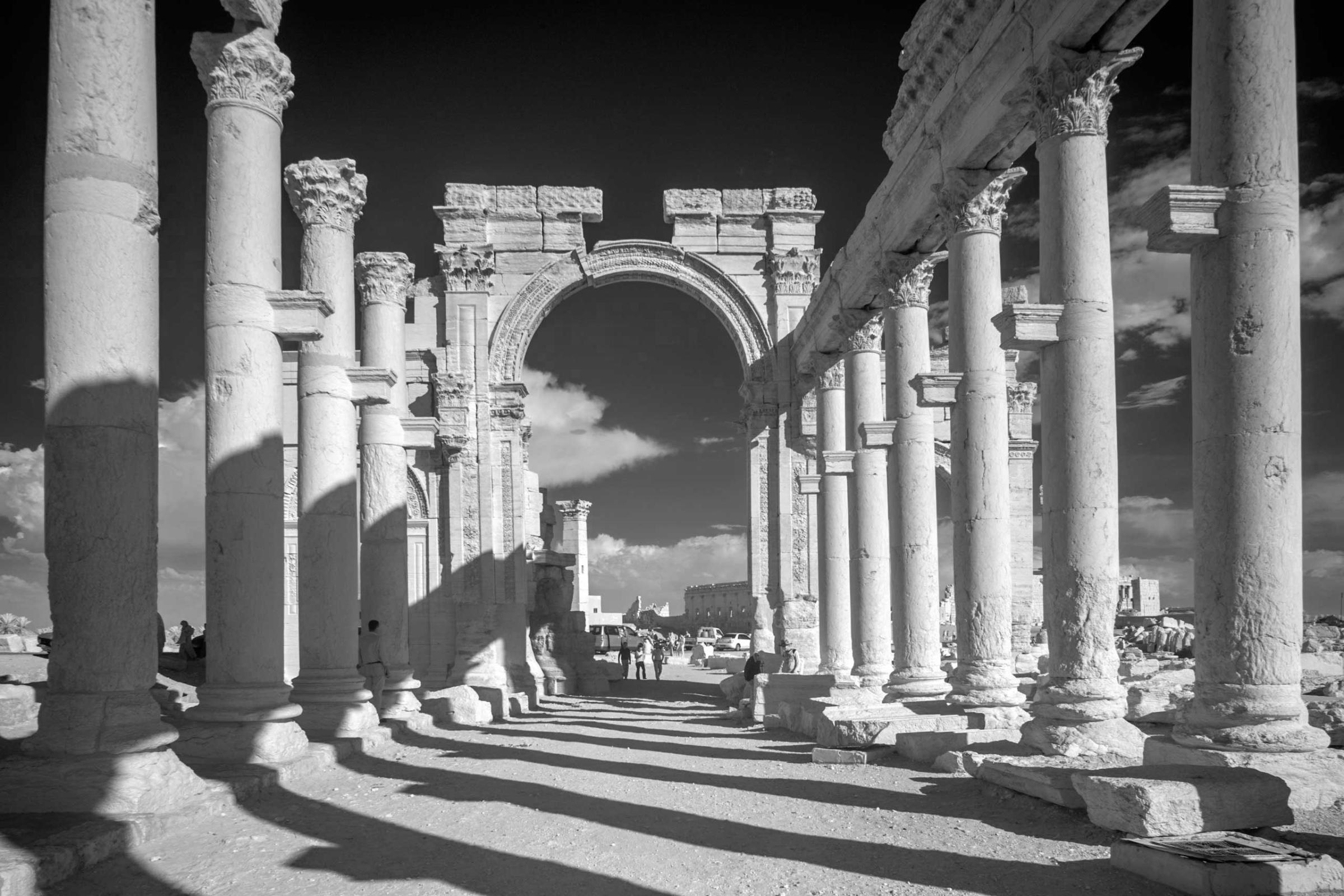
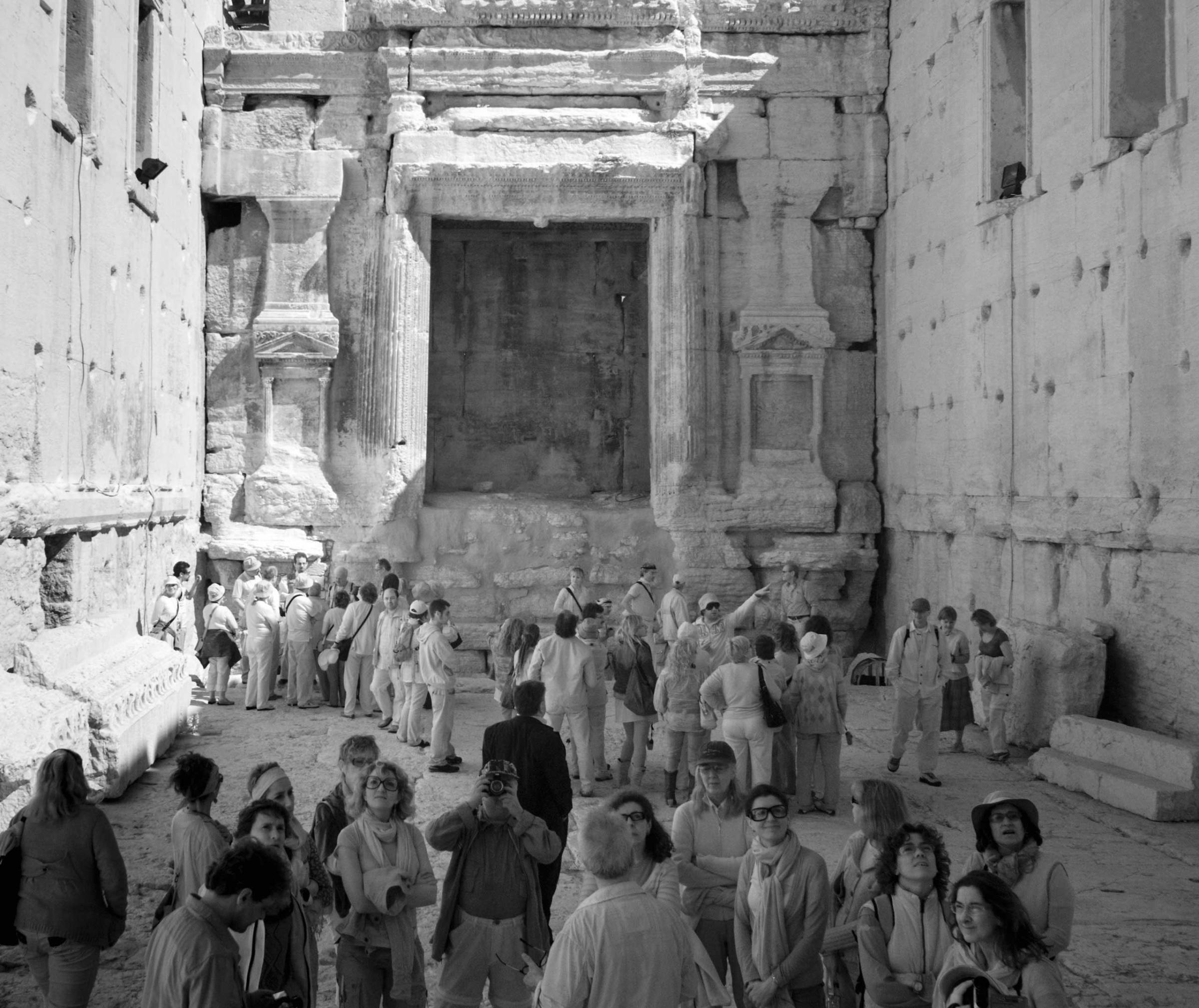

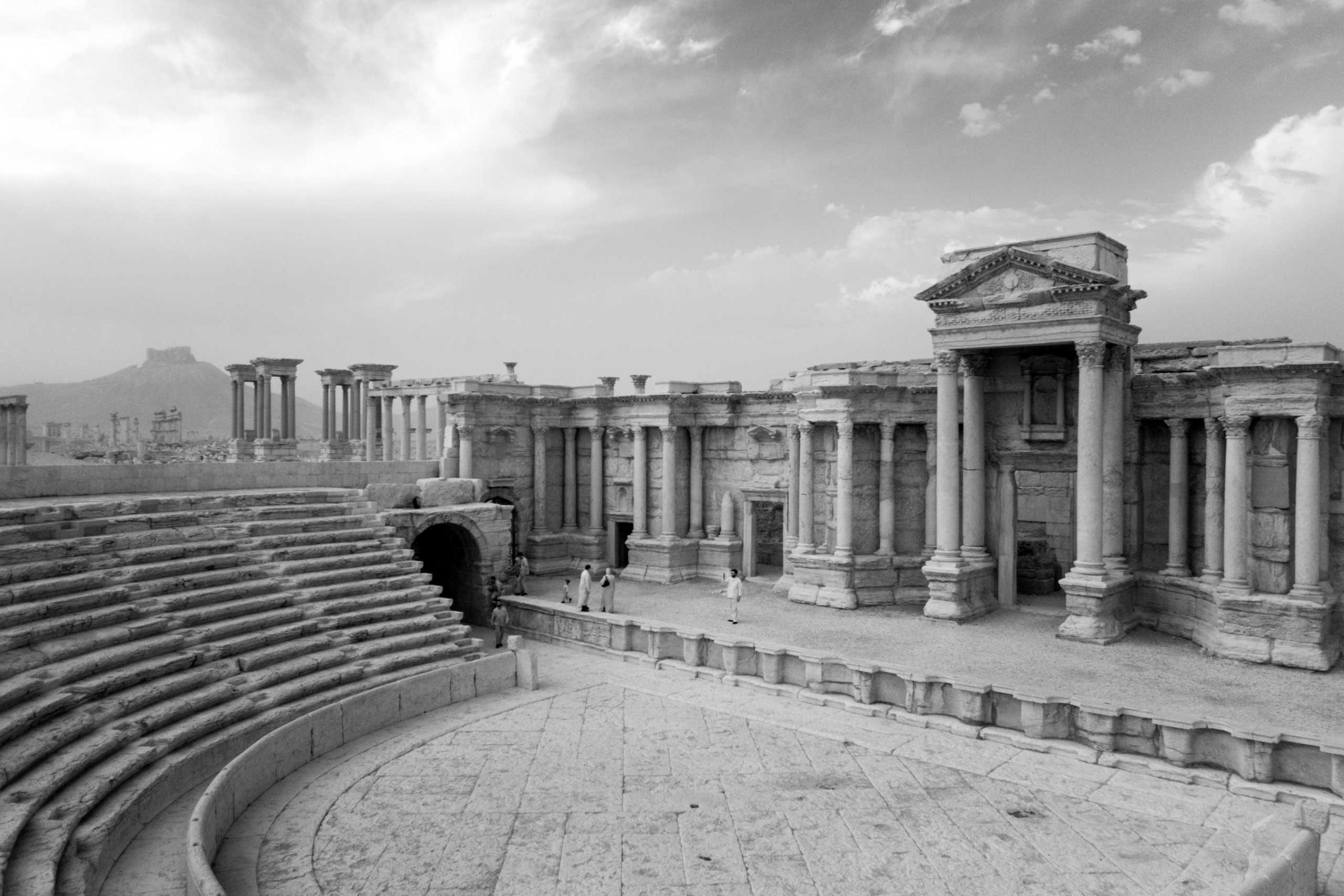


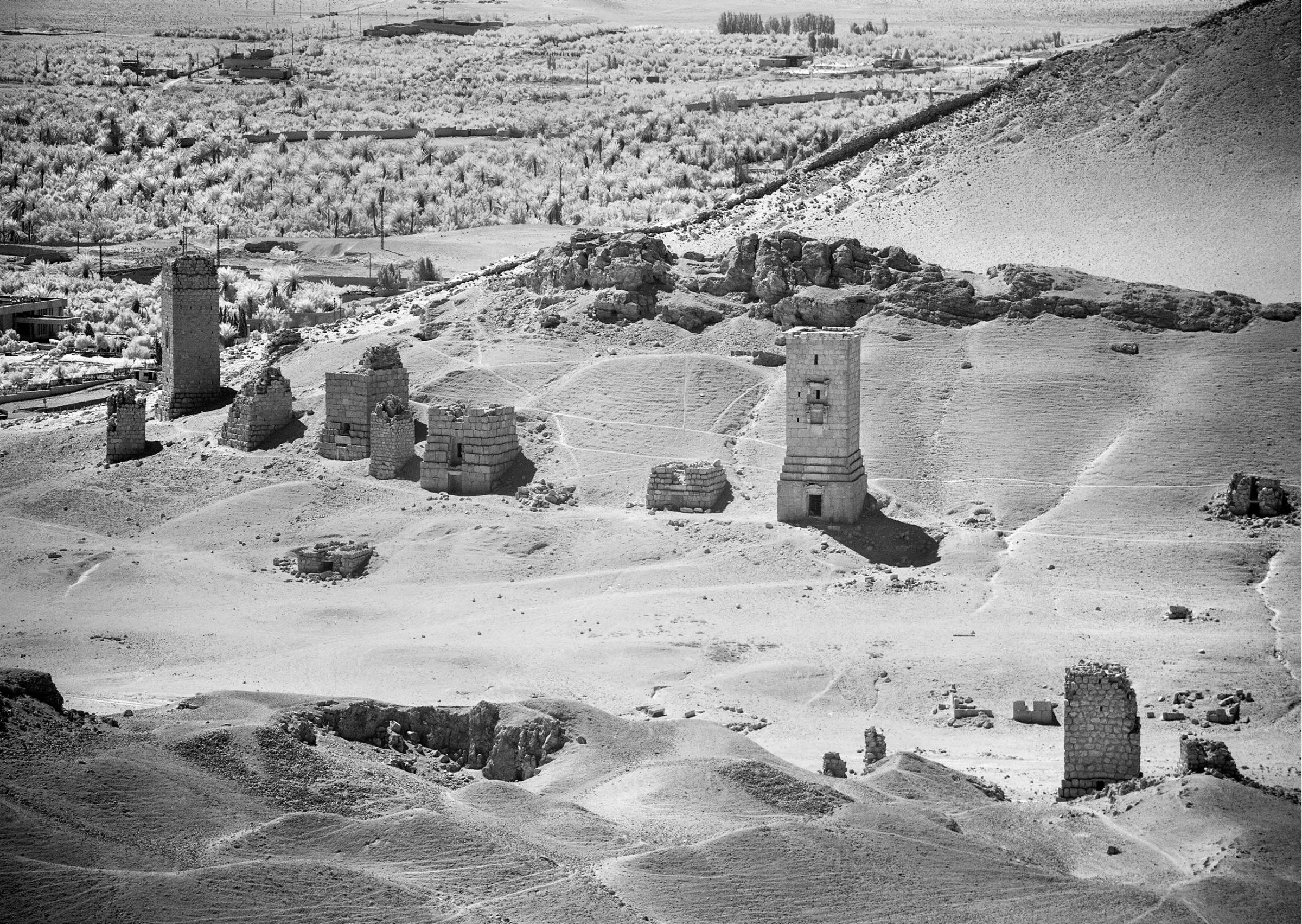
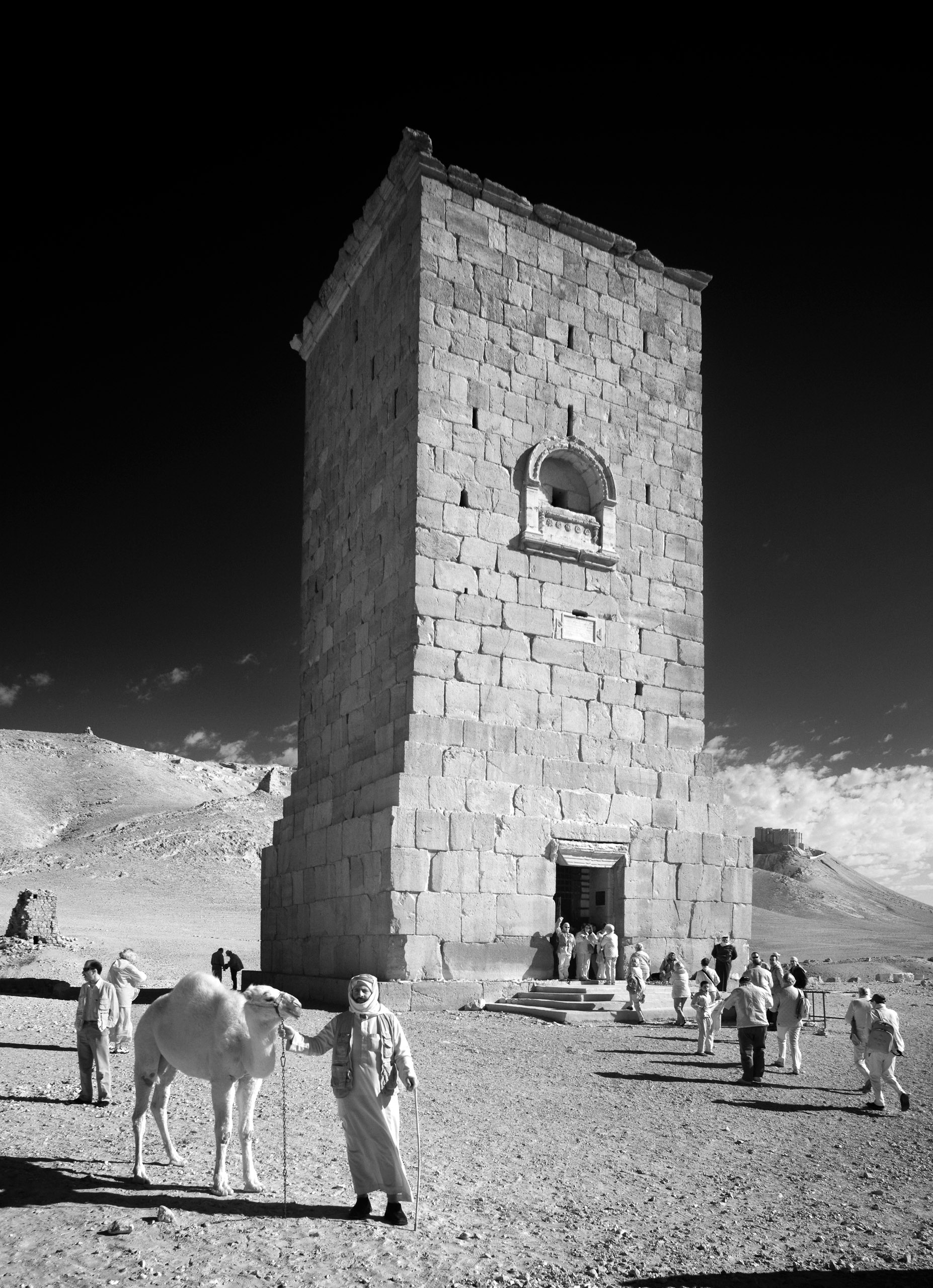

More Must-Reads from TIME
- Donald Trump Is TIME's 2024 Person of the Year
- Why We Chose Trump as Person of the Year
- Is Intermittent Fasting Good or Bad for You?
- The 100 Must-Read Books of 2024
- The 20 Best Christmas TV Episodes
- Column: If Optimism Feels Ridiculous Now, Try Hope
- The Future of Climate Action Is Trade Policy
- Merle Bombardieri Is Helping People Make the Baby Decision
Contact us at letters@time.com